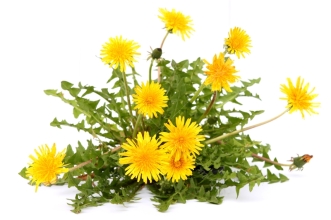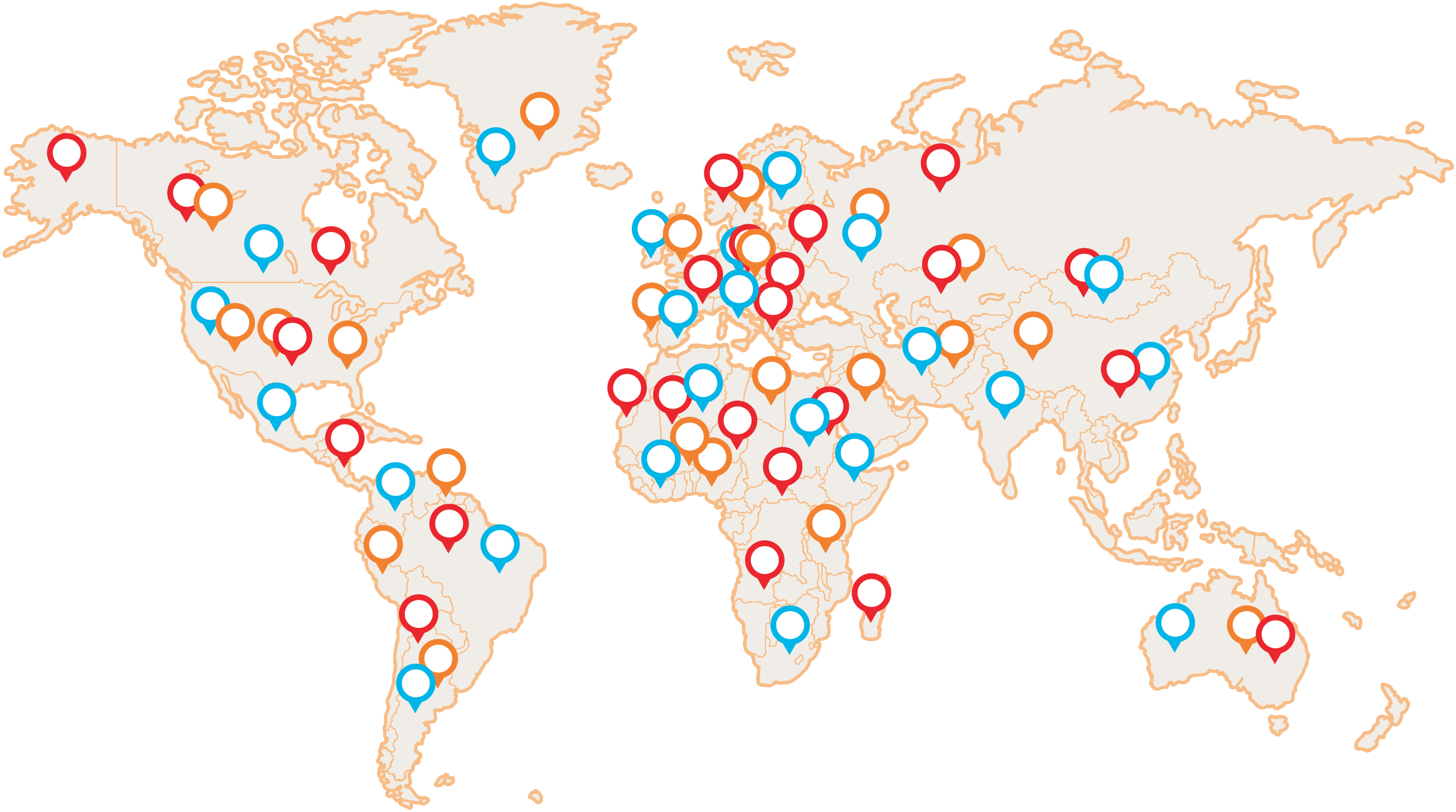Brief description
The dandelion is a very familiar plant that is associated with spring and summer. It belongs to the star family. It is a perennial weedy plant that grows to about 5-40cm. Dandelion cannot be confused with other plants. It produces deep yellow flowers, which are a crop that, after flowering, develops into a fruiting body made up of hairy achenes. The stem, in this case the stem, is hollow and the ground part of the stem produces rosettes of leaves, which are large lobed with a toothed margin. The root is spindle-shaped and pale, and has storage functions. The plant is permeated with milkweed, a type of plant tissue that is made up of tubes in which fluid accumulates. When plucked, it then gives off a typical white juice which is very bitter, i.e. latex. The dandelion can be found in meadows, pastures, around paths, in gardens... There is perhaps no place where it cannot grow. It is widespread all over Europe and also in Western Asia. It "likes" the more temperate zones. The use of the dandelion as a plant is already described in the writings of ancient Rome.
Dandelion composition:
Its effects can be inferred from its substance content. The different parts of the plant have different compositions. Dandelion is rich in glycosides ( taraxacoside), alkaloids, phenols, tannins, flavonoids (luteolin derivatives) and proteins. There are also phytosterols, minerals (calcium, magnesium, iron, silicon...), vitamins A, C, D, E and B.
Root:
Polysaccharides such as inulin, free simple sugars (glucose, fructose, sucrose), carotenoids (lutein), fatty acids (myristic acid), minerals, pectin, etc. can be found in the root.
Phenols, terpenes:
Among the most important constituents in dandelion root are phenolic compounds, various types of terpene compounds.
Sesquiterpene lactones:
Terpenes:
Phenolic compounds:
-
Chlorogenic acid
-
Cichoric acid
-
Tartaric acid
-
Caffeic acid
The first two acids mentioned are also found in other parts of the dandelion, i.e. leaves, stem.
Bitters:
Bitters are carriers of bitter taste, moreover they normalize the activity of the digestive system
-
Taraxaci
-
Taraxasterin
-
Lactopicrin
Sterols:
Sterols are an important part of plants, many perform a similar role to our hormones, they can protect the plant against danger and infection etc. They have a structure similar to cholesterol.
-
Taxasterol
-
Beta-taxasterol
-
Faradiol
-
Alpha and beta amyrin
-
Beta sitosterol
-
Stigmasteol
Approved health claims according to the EU:
Dandelion has been much researched, many studies have been done and many have been conclusive and it can be said that dandelion is suitable for
-
Normal urinary system function
-
Normal digestion
-
Normal stomach and liver function
-
It also acts as a prebiotic and antioxidant
Please be advised that our website can no longer make claims that are not EU approved health claims and could give the impression of any medicinal effect of herbs or mushrooms. Current EU legislation prohibits this. This is despite the fact that traditional Chinese medicine has worked for thousands of years and has been tested on countless patients. At the same time, we must not even mention the effects demonstrated by contemporary scientific studies. But we believe in the common sense of our customers. For detailed information about herbs and mushrooms, please search the publicly available sources on the Internet. For example, valuable information can be found at www.tcmencyklopedie.cz.
Sources of information on vital mushrooms:
Martin Powell - Medicinal Mushrooms A Clinical Guide
Pavel Valíček - Mushrooms and their medicinal effects
G.M. Halpren, A.H. Miller - Medicinal Mushrooms Ancient Remedies dor Modern Ailments
G.M. Halpren - Healing Mushrooms
Christopher Hobbs - Medicinal Mushrooms An Ecploration of Tradition, Healing and Culture
Robert Rogers - The Fungal Pharmacy
Vladimir Ando - Pharmacology of Classical Chinese Medicine
Radomir Soch, Alexandr Jegorov - Encyclopedia of Medicinal Mushrooms
Bensky - Materia Medica
 Medicinal mushrooms PRO (17)
Medicinal mushrooms PRO (17) MyTao Edition (14)
MyTao Edition (14) Medicinal mushroom Extracts (25)
Medicinal mushroom Extracts (25) Combination of mushrooms and herbs (18)
Combination of mushrooms and herbs (18) Traditional recipes (5)
Traditional recipes (5) BIO medicinal mushrooms powder (9)
BIO medicinal mushrooms powder (9) Syrups (12)
Syrups (12) Dried medicinal mushrooms (7)
Dried medicinal mushrooms (7) Honey products (5)
Honey products (5) Vitamins (4)
Vitamins (4) BIO green food (2)
BIO green food (2) Other (1)
Other (1)
